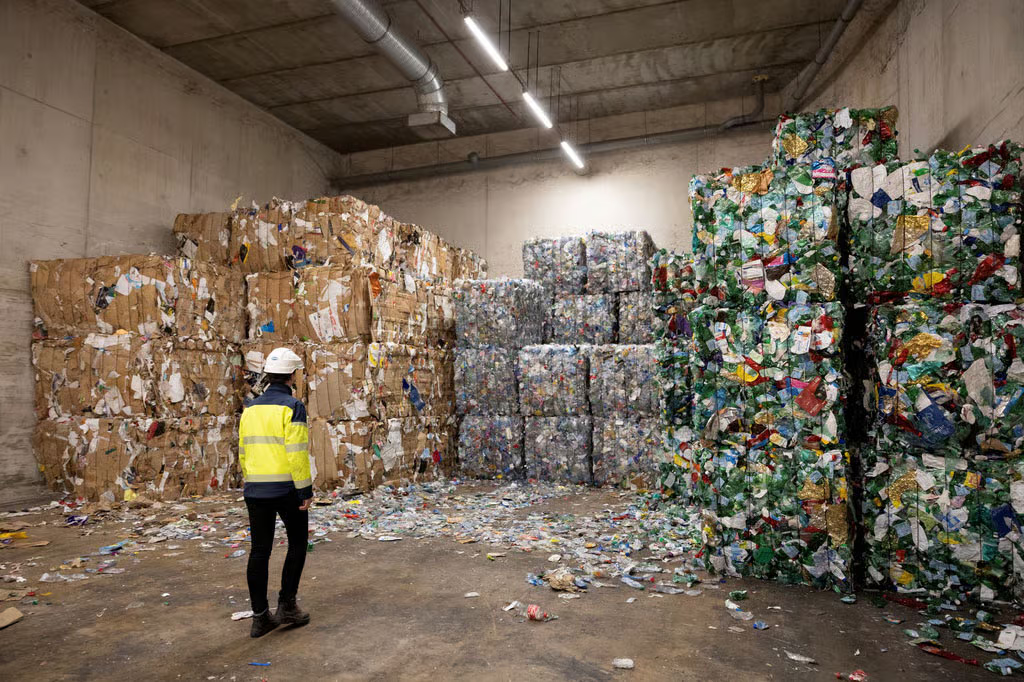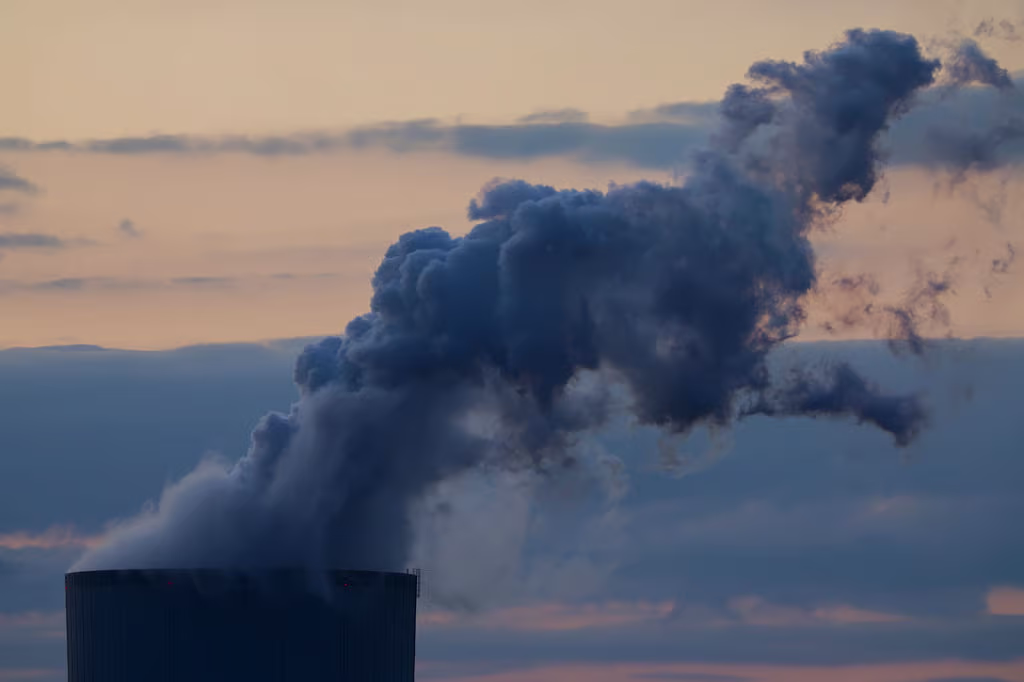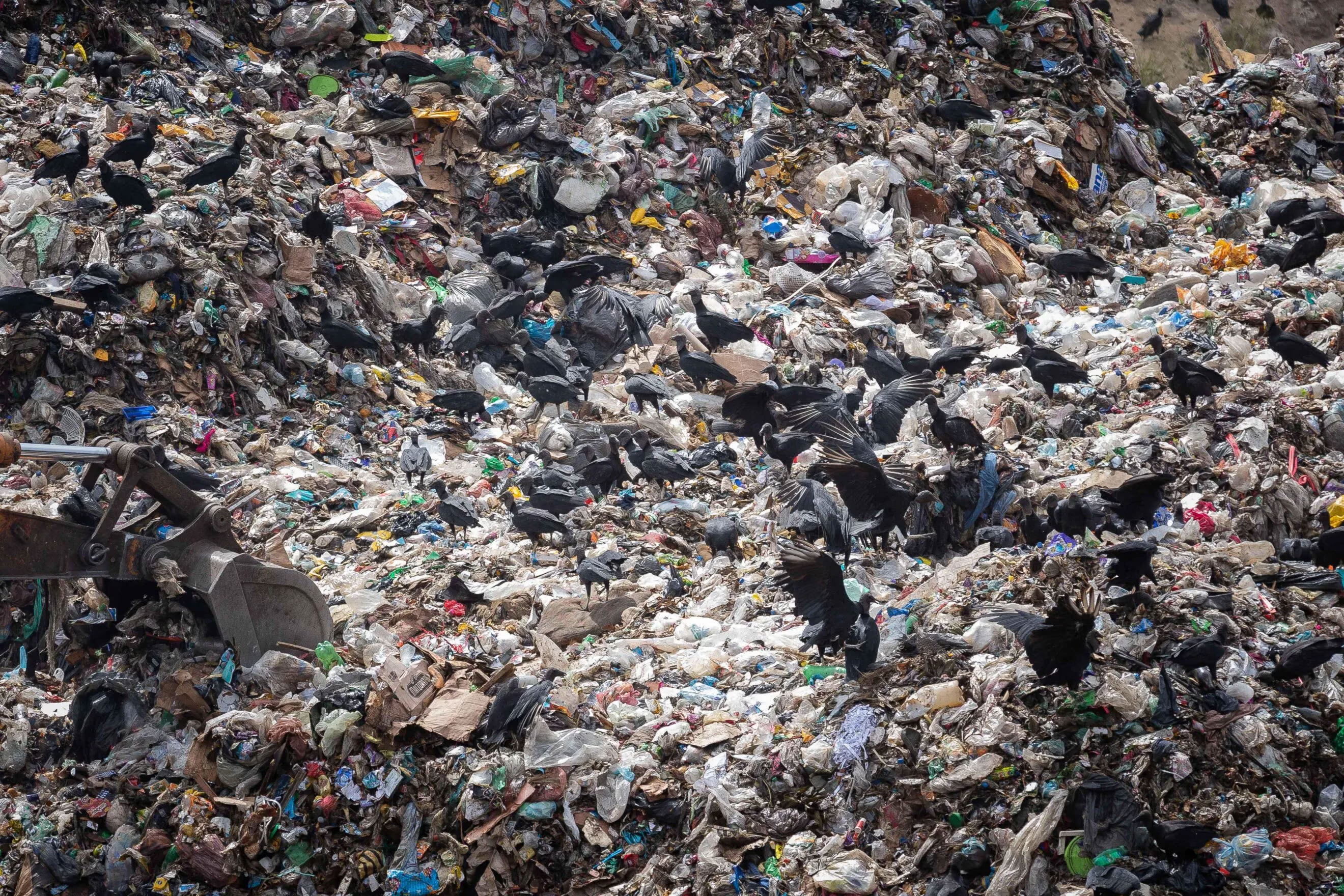The small village of Zubieta in the Basque Country has become a hub for the waste of nearly half a million people. Each year, up to 200,000 tons of garbage from northwestern Spain are brought here. At the Gipuzkoa facility, the waste is sorted and incinerated—generating enough energy to power 45,000 homes.
Initially promoted as a sustainable response to overflowing landfills, the project is now criticized as both environmentally and financially flawed. Residents accuse the authorities of violating EU standards and polluting the water, air, and soil. The case has gone to court.
“The court must determine whether the permit complies with EU pollution directives,” explains Joseba Belaustegi Cuesta of GuraSOS, a movement opposing the facility.
Gipuzkoa is just one of hundreds of such plants built across Europe since the 1990s under promises to reduce landfill use. But over time, their reputation has eroded. Studies point to environmental and health risks. The EU has cut funding, and municipalities have been left with debt.
Some facilities have proven unprofitable. The Zubieta plant was built with €80 million in borrowed funds, to be repaid by 2047. According to Belaustegi Cuesta, the facility now burns not only household waste but also “waste that isn’t household at all” just to stay fully loaded.
The Politics of Incineration
According to the CEWEP association, around 500 waste-to-energy plants in the EU process a quarter of all household waste. Supporters argue that without them, the goal of reducing landfill use to 10% by 2035 would be unattainable.

In 2022, Europeans generated 190 million tons of waste. Nearly 40% was recycled—more than in any other region of the world. But 50 million tons still ended up in landfills—enough to bury central Paris under a 20-meter-high layer of garbage.
In 2023, 58 million tons of waste were incinerated—nearly all of the resulting energy went toward heating and electricity. However, under EU law, recycling and reuse are supposed to take precedence.
“The role of incinerators is to dispose of waste that cannot be recycled, not to generate energy,” stresses Patrick Dorvil, a senior economist at the European Investment Bank.
Nevertheless, the energy argument is often used to defend the technology. CEWEP claims that one household’s weekly waste can heat a home for eight hours, and that 10% of Europe’s district heating comes from burning waste.
Pollution and Criticism
Environmentalists warn that the idea of burning waste being cleaner than burning coal is a misconception. Petroleum-based plastics often end up in incinerators—meaning CO₂ is released.
“Comparing incineration and landfilling is an oversimplification. Both are harmful and unsustainable,” says Janek Vähk of Zero Waste Europe. According to their data, one ton of waste can produce between 0.7 and 1.7 tons of CO₂ emissions.

The health impact remains poorly studied—a fact acknowledged by both scientists and facility operators. The latter claim that modern technology minimizes the risks. Nevertheless, public discontent is growing. In Rome, tens of thousands have signed a petition against the construction of a new plant, and in France, senators have proposed banning new incinerators altogether.
In response to public pressure, the EU has cut subsidies and tightened requirements for such projects. In 2020, incineration was excluded from the EU’s green taxonomy—the list of investments officially recognized as sustainable.
Meanwhile, local governments continue to pay off debts on facilities built in previous years. “Most of these projects will end up obsolete,” says Anelia Stefanova of CEE Bankwatch, noting that the EU now calls for reducing waste and expanding recycling.
Plants Without Waste
As countries shift toward more sustainable waste management systems, older projects are becoming obsolete. Even existing plants struggle to secure enough waste to operate.
Copenhagen’s plant, which features an artificial ski slope, imports tens of thousands of tons of waste each year just to stay running. According to Denmark’s energy ministry, the country has an overcapacity of up to 700,000 tons annually. The national budget already includes compensation for surplus incinerators.
In 2020, Copenhagen allocated 200 million kroner (€26 million) to cover so-called “stranded costs”—expenses related to repurposing redundant facilities.
Lenders, including the European Investment Bank, have also grown more cautious. “We don’t shape policy—we follow it,” Dorvil explains. According to him, the bank has repeatedly declined funding on both environmental and financial grounds.
Nevertheless, new facilities continue to be built. In many countries—such as Poland—the issue is framed differently: the absence of incinerators leads to growing landfills.
Hanna Zdanowska, the mayor of Łódź, says the plant under construction with Veolia’s participation will enhance “the city’s energy independence—which is especially important right now.” The project is financed by the European Bank for Reconstruction and Development with a €97 million loan.
Since 2021, roughly €2 billion from the EU’s Modernisation Fund has been directed toward waste incineration projects in the Czech Republic and Poland—mostly as part of support for the EU’s poorest countries in phasing out fossil fuels.
Asked whether the new plant could become another “stranded asset,” Zdanowska responds, “I’d be glad if we really did start producing less waste.”
“Once recycling increases, there will be just a few large plants in the region—and they’ll serve the entire area, not just a single city,” she adds.
